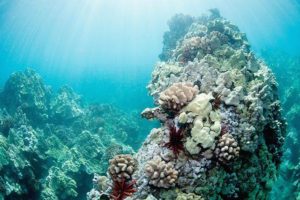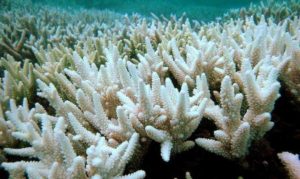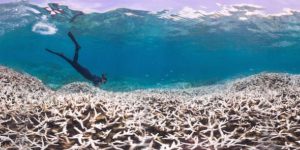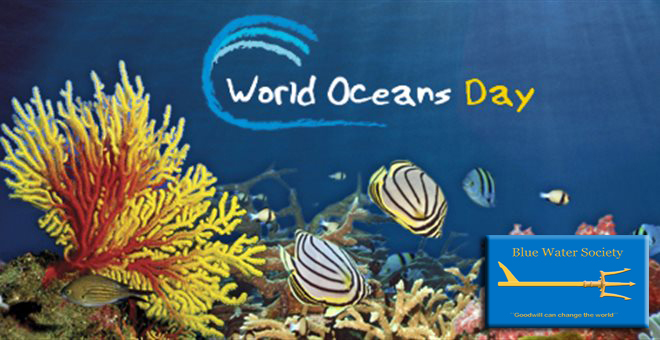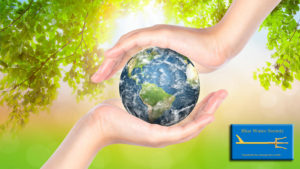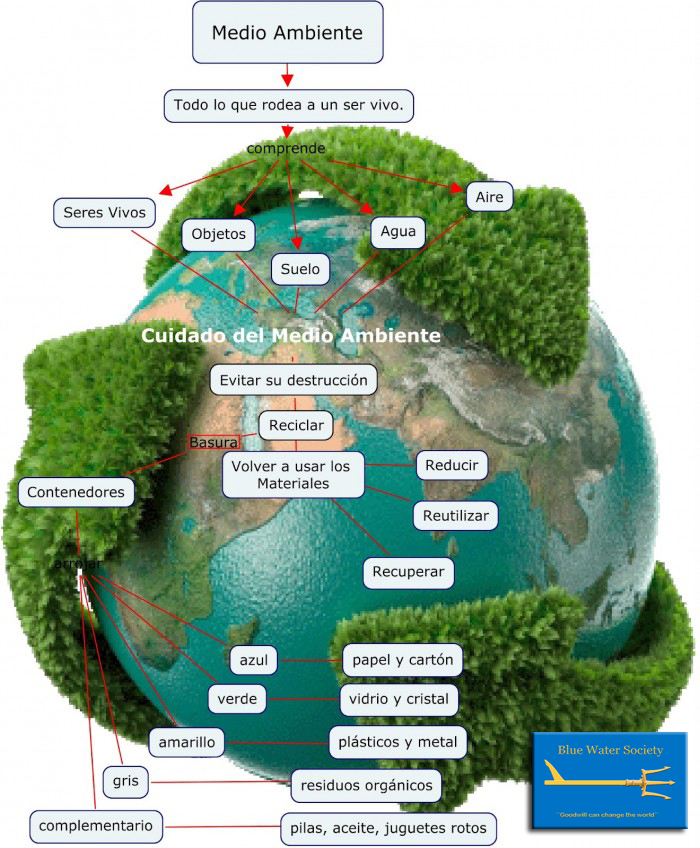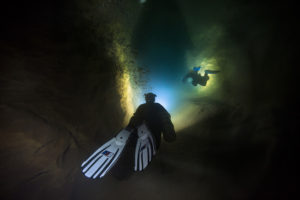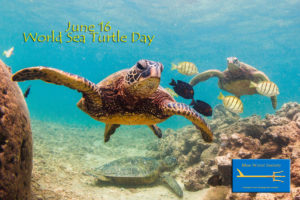
Las tortugas marinas son reptiles con caparazón que existen hace más de 150 millones de años y pudieron sobrevivir a todos los cambios del planeta. Hoy están perdiendo la batalla con el ser humano y están en serio peligro de extinción.
La principal causa de muerte de las tortugas marinas son:
1. CAZA FURTIVA: Treinta y cinco mil animales mueren a manos de pescadores piratas anualmente. Entre 8 y 9 mil mueren en la época de Cuaresma y Semana Santa, para alimentar a aquellos que no desean comer carne en viernes de vigilia y creen que la tortuga marina porque nada es pescado. Las tortugas son reptiles – de los mas antiguos que sobreviven en el mundo– y son de carne roja.
2. COLECCIÓN DE HUEVOS PARA EL CONSUMO: Aunque también es ilegal remover los huevos de un nido, es muy común hacerlo porque el comer de estos se considera un afrodisíaco. De un nido que contiene 100 huevos, solamente entre uno a cinco tortuguitas que salen del cascarón sobrevivirá hasta madurez. La práctica de comer los huevos también está destruyendo poblaciones de tortugas.
3. PESCA INCIDENTAL: Las tortugas marinas necesitan oxigeno para sobrevivir; por eso, son muy vulnerables a ahogarse, especialmente en las redes de pesca. Muchas tortugas sufren por horas, luchando por escaparse de las redes de pesca, finalmente mueren ahogadas.
4. DESARROLLO DE LAS COSTAS: Modificar y perder el hábitat costero de sus regiones natales es otra amenaza a las tortugas. Las luces de edificios en la costa pueden desorientar a las tortugas que llegan a la playa a anidar, y varias playas que usaban históricamente para la anidación han sido destruidas completamente.
5. CONTAMINACIÓN DEL MAR: Tortugas pueden asfixiarse cuando consumen accidentalmente bolsas de plástico u otro tipo de basura, las cuales parecen medusas — parte normal de las dietas de varias especies de tortugas. También el descargo de contaminantes y químicos entre el mar afecta la salud de tortugas.
Hoy es su día. No arrojes plásticos en cualquier lado!!!

